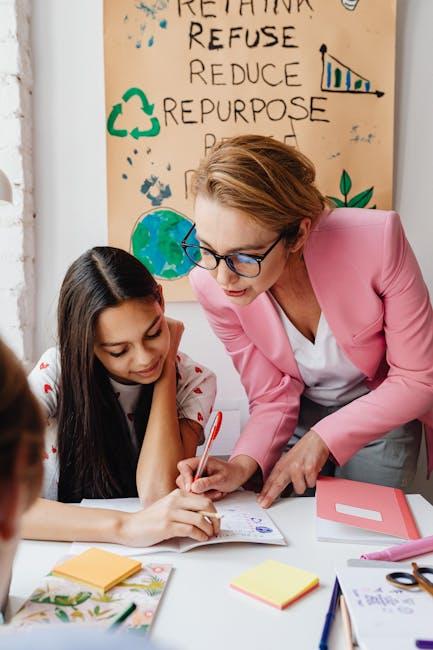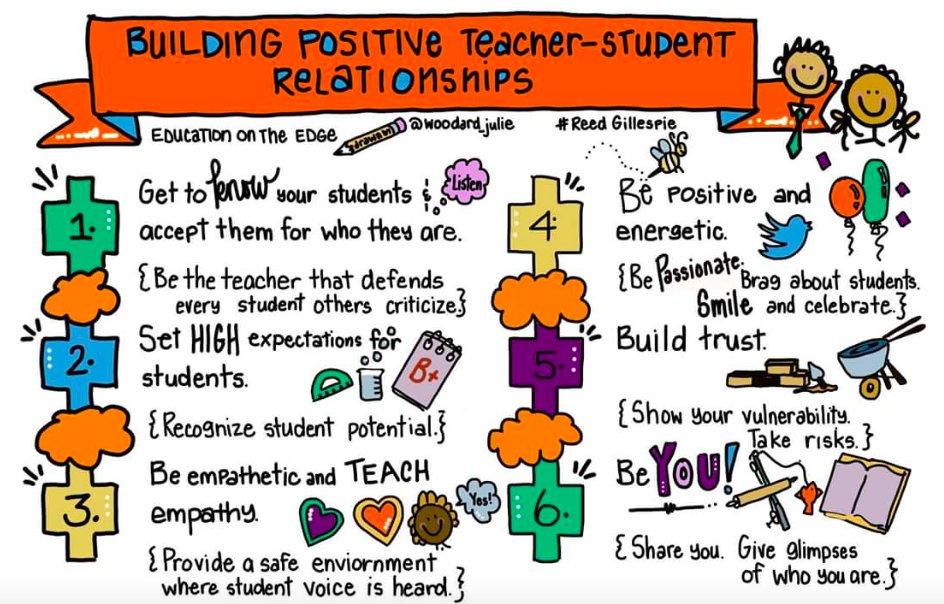In today’s rapidly evolving educational landscape, the traditional one-size-fits-all approach to learning is increasingly being challenged by parents and educators alike. The demand for personalized education paths is gaining momentum as families seek to tailor learning experiences that align with their children’s unique strengths, interests, and aspirations. Creating a personalized education path is not merely about selecting courses or extracurricular activities; it involves a comprehensive strategy that considers the individual learning style, pace, and goals of each child. This analytical exploration delves into the principles and practices of crafting such tailored educational journeys, providing insights and strategies for parents eager to empower their children to reach their fullest potential. By examining key components such as learning assessments, curriculum customization, and the integration of technology, this article aims to equip parents with the confidence and tools necessary to navigate the complexities of personalized education, ensuring that each child can thrive in an environment that celebrates and nurtures their individuality.
Understanding Your Childs Unique Learning Style
Every child is a unique individual with distinct ways of absorbing information, which is why recognizing and embracing their specific learning style is crucial for educational success. Visual learners often thrive when information is presented through images, charts, and diagrams. They may benefit from the use of colorful visual aids and infographics to help grasp complex concepts. Auditory learners, on the other hand, find it easier to understand information through listening. Incorporating audiobooks, discussions, and verbal instructions can be particularly effective for them.
Kinesthetic learners learn best through hands-on activities and physical movement. They might excel in environments where they can engage in experiments, build models, or participate in interactive activities. Understanding these learning styles can help parents and educators tailor educational experiences that maximize each child’s potential. Consider these strategies to support your child’s learning:
- Provide a variety of learning materials to cater to different styles.
- Encourage a balance of structured and unstructured activities.
- Foster an environment where questions and curiosity are welcomed.
- Regularly assess and adapt teaching methods to meet evolving needs.
By appreciating and adapting to your child’s unique way of learning, you can create a personalized education path that not only enhances their academic achievements but also fosters a lifelong love for learning.

Tailoring Curriculum Choices to Enhance Strengths
In the pursuit of a personalized education path, it is essential to capitalize on a child’s unique strengths. By recognizing and nurturing these strengths, parents and educators can craft a curriculum that not only engages but also empowers the learner. An effective strategy involves identifying areas where the child naturally excels or shows a keen interest. Once these areas are pinpointed, the curriculum can be adapted to include advanced or specialized materials, projects, and activities that challenge the child and encourage deeper exploration.
- Customized Learning Resources: Incorporate books, online courses, and interactive tools that align with the child’s strengths.
- Project-Based Learning: Design projects that allow the child to apply their skills in real-world scenarios.
- Flexible Assessment Methods: Use diverse assessment techniques that reflect the child’s preferred learning style and strengths.
- Mentorship Opportunities: Connect the child with mentors or professionals in their area of interest to provide guidance and inspiration.
By tailoring curriculum choices in this manner, parents and educators can foster a learning environment that not only supports but also celebrates the child’s strengths, leading to a more fulfilling and successful educational experience.

Leveraging Technology for Customized Learning Experiences
In today’s rapidly evolving educational landscape, technology serves as a powerful tool to tailor learning experiences to individual needs. Digital platforms now offer a variety of interactive modules that adapt to a child’s learning pace, providing immediate feedback and diverse content that caters to different learning styles. These platforms are often equipped with algorithms that analyze a student’s progress, allowing educators and parents to adjust the educational path accordingly. This level of customization ensures that students not only stay engaged but also excel in areas that align with their interests and strengths.
Key benefits of using technology for personalized learning include:
- Adaptive Learning Tools: These tools modify the difficulty of tasks based on the student’s performance, ensuring optimal challenge and growth.
- Interactive Content: Engaging multimedia resources that cater to visual, auditory, and kinesthetic learners.
- Data-Driven Insights: Analytics provide valuable insights into a child’s learning habits, helping identify both strengths and areas for improvement.
- Flexible Learning Environment: Technology allows for learning to occur anytime and anywhere, accommodating diverse schedules and lifestyles.
Embracing these technological advancements empowers parents and educators to craft a learning journey that is as unique as each child, fostering an environment where curiosity and creativity thrive.

Building a Supportive Learning Environment at Home
Establishing a nurturing atmosphere at home is crucial for fostering your child’s educational journey. This involves creating a space that encourages curiosity, resilience, and self-motivation. Begin by organizing a dedicated learning area that is free from distractions and equipped with essential resources. Natural lighting, comfortable seating, and a quiet environment can significantly enhance focus and productivity. Furthermore, integrating technology thoughtfully can open up a plethora of learning opportunities. Ensure that digital tools and platforms are used to complement traditional learning methods, providing a balanced and comprehensive educational experience.
In addition to the physical environment, the emotional climate plays a vital role in learning. Encourage open communication and foster a culture of asking questions without fear of judgment. Celebrate achievements, no matter how small, to build confidence and motivation. Here are some strategies to cultivate a positive learning atmosphere:
- Set realistic goals: Collaborate with your child to set achievable objectives that align with their interests and strengths.
- Encourage self-directed learning: Allow your child to explore topics they are passionate about, promoting autonomy and intrinsic motivation.
- Provide constructive feedback: Offer guidance that focuses on improvement rather than criticism, helping them learn from mistakes.
By implementing these strategies, you can create a home environment that not only supports academic success but also fosters lifelong learning habits.



